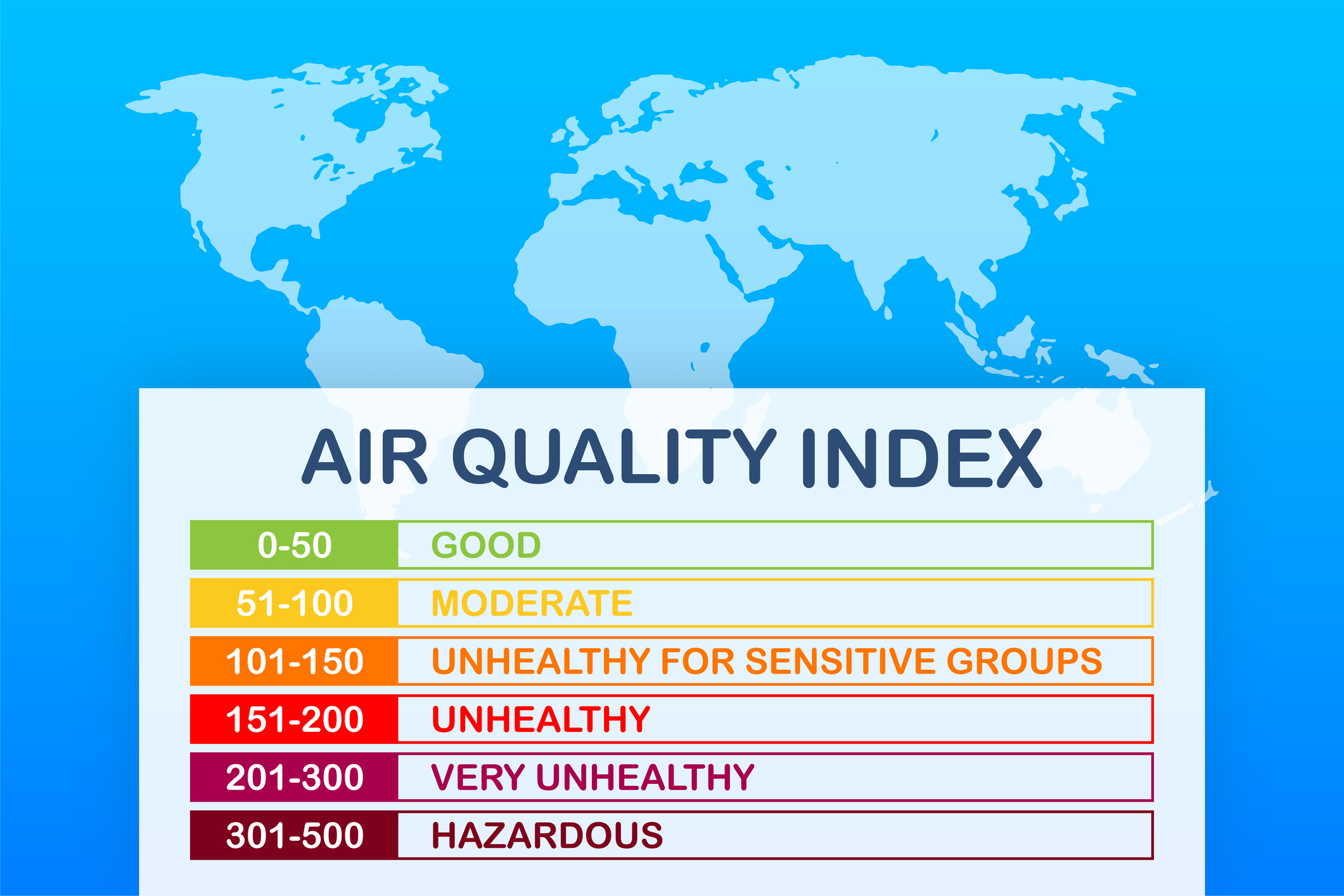Just when people thought it was relatively safe to go about their daily lives mask-free, smoke drifting miles from wildfires has created a breathing hazard that has many people donning their facemasks once again. Canadian wildfire smoke travelling along the jet stream up to 3,000 miles has led to air quality alerts in Chicago, Detroit, Washington, D.C., and other parts of the midwest, as well as many regions in Ontario. People with underlying lung or heart conditions and older adults are among those at greatest risk for severe health effects from wildfire smoke.
According to a recent New York Times Wildfire Smoke report, even minutes of exposure to wildfire smoke can trigger inflammation in the body, which can lead to a greater risk for cardiovascular issues and strokes. Smoke can worsen asthma and chronic obstructive pulmonary disease symptoms. Even those who are otherwise healthy can experience stinging eyes, irritated sinuses, wheezing, shortness of breath, headaches, coughing and itchy skin.
As firefighters work to douse the many raging wildfires, people can protect their health by wearing a well-fitted mask, like the N95, over the mouth and nose when outdoors. In addition to staying indoors, with windows and doors closed, running the air conditioning on the recirculate setting or using fans, it’s also important to stay hydrated and get enough sleep. Portable air purifiers with HEPA filters can also work well in smaller spaces. If you are struggling to breathe or experience chest pains, seek medical attention immediately.
During periods of high smoke pollution, it is advised to avoid exercising outdoors. Try using an indoor treadmill, or stationary bike or participating in a virtual yoga class when air quality alerts are in effect. You can track air quality using an app like IQAir – created in partnership with the United Nations Environment Programme.






Add Your Voice
0 Comments
Join the Discussion